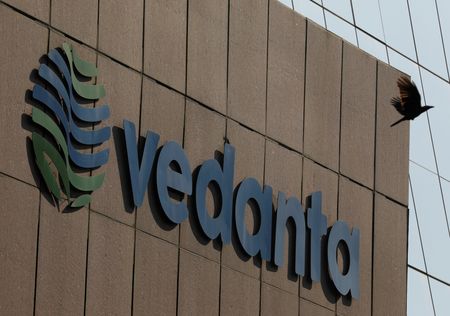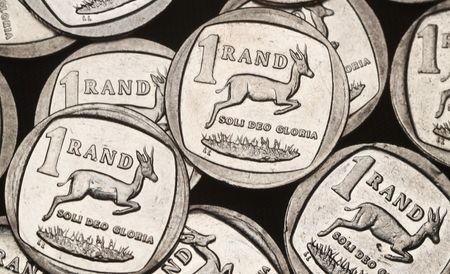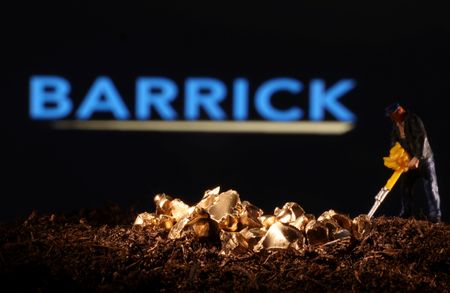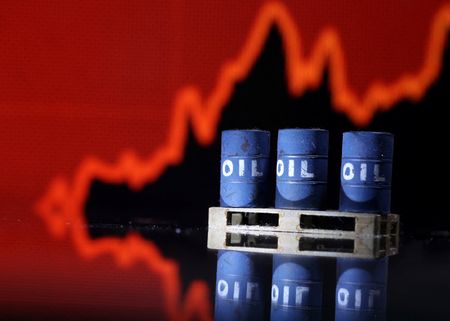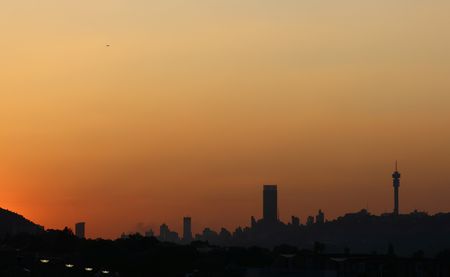WINDHOEK (Reuters) -Namibia is set to increase its sulphuric acid production in response to rising critical mineral output, with Green Metals Refining and Vedanta announcing plans on Thursday to set up and revive plants, respectively.
Sulphuric acid is widely used in the extraction processes for metals including uranium, copper, manganese and rare earths used in clean energy technologies.
Namibia, the world’s third-largest producer of uranium, is emerging as a leader in the green energy sector, with eight active critical minerals projects set to position it at the forefront of global green energy initiatives.
London-based Green Metals Refining plans to spend an initial $59 million on the first phase of a plant that will produce 175,000 metric tons of sulphuric acid a year.
The plant’s annual output is expected to eventually rise to 720,000 tons, the company said in a statement on Thursday.
“As Namibia is a net importer of sulphuric acid with a large pipeline of acid-consuming projects, we have established a compelling business case that can benefit local third-party metals projects,” Green Metals Refining CEO Derk Hartman said.
The sulphuric acid plant will be situated within the company’s planned manganese refinery in the port city of Walvis Bay, supplying the country’s uranium and copper mines. Both plants are expected to be commissioned by the end of 2027.
Vedanta this week said it plans to recommission a sulphuric acid plant at its Skorpion zinc operations within the next four to six months to produce about 1,000 tons a day
The facility has been idle since 2020 when the mine was placed on care and maintenance.
(Reporting by Nyasha Nyaungwa, editing by Nelson Banya and Kirsten Donovan)

